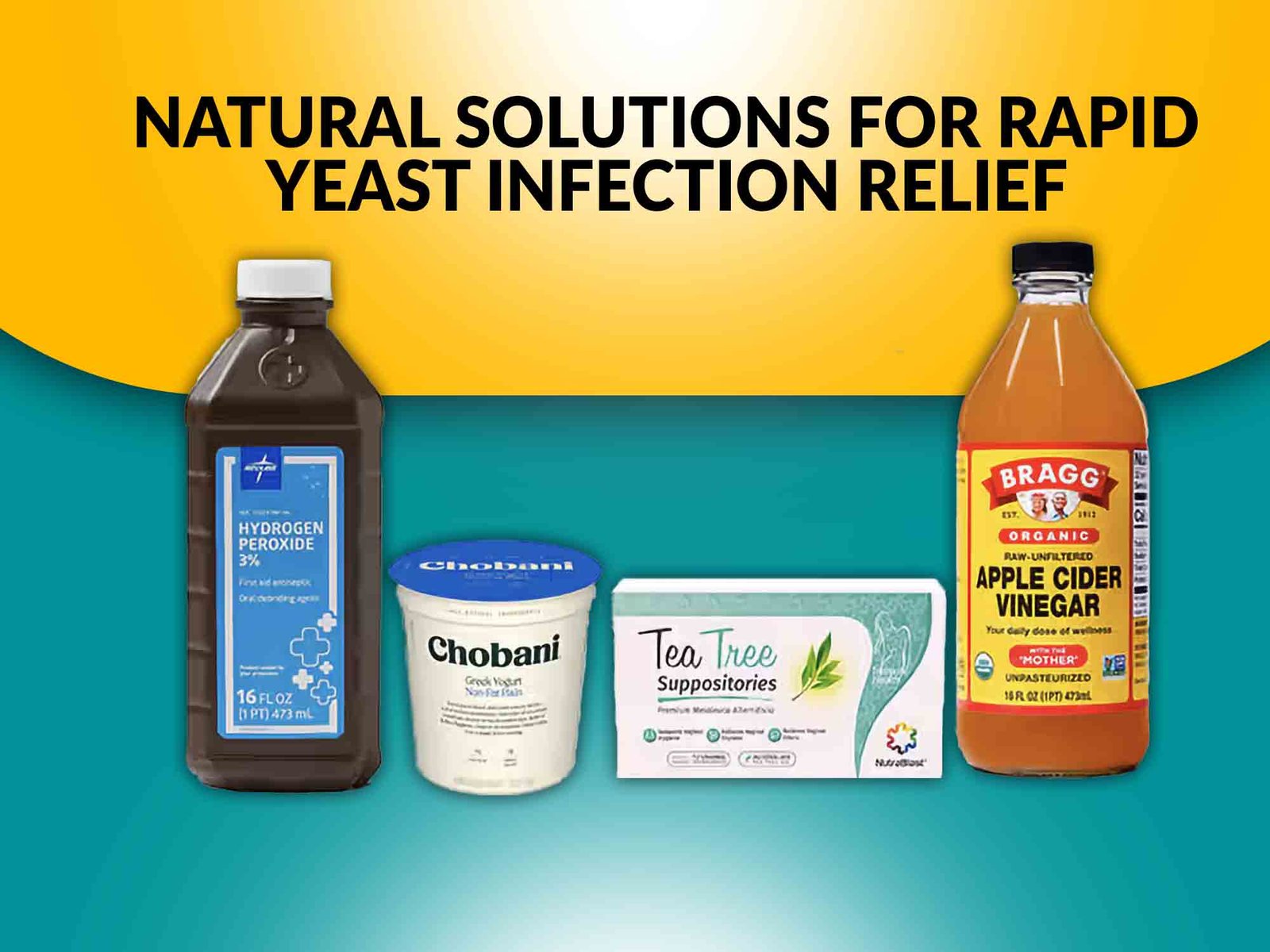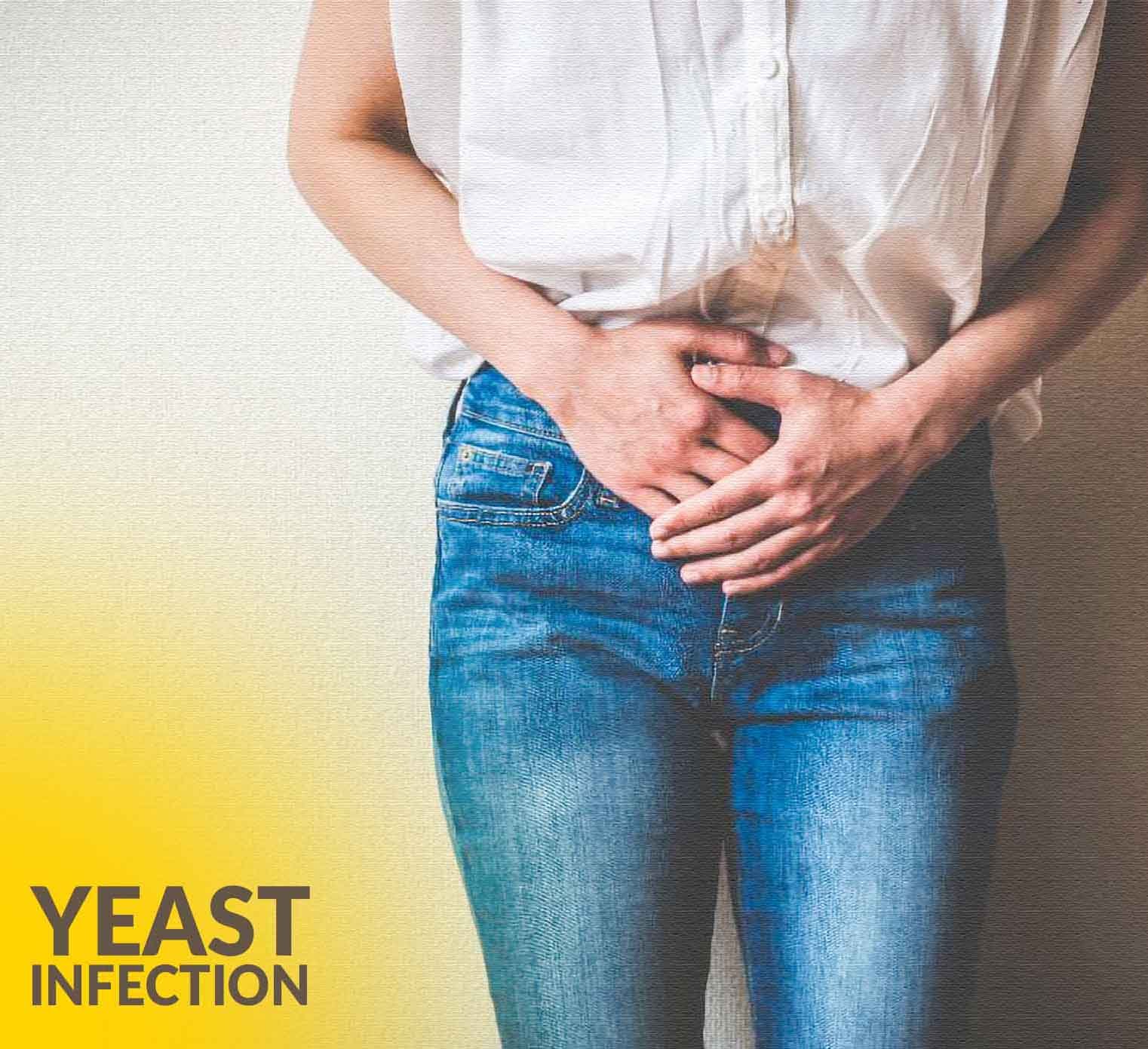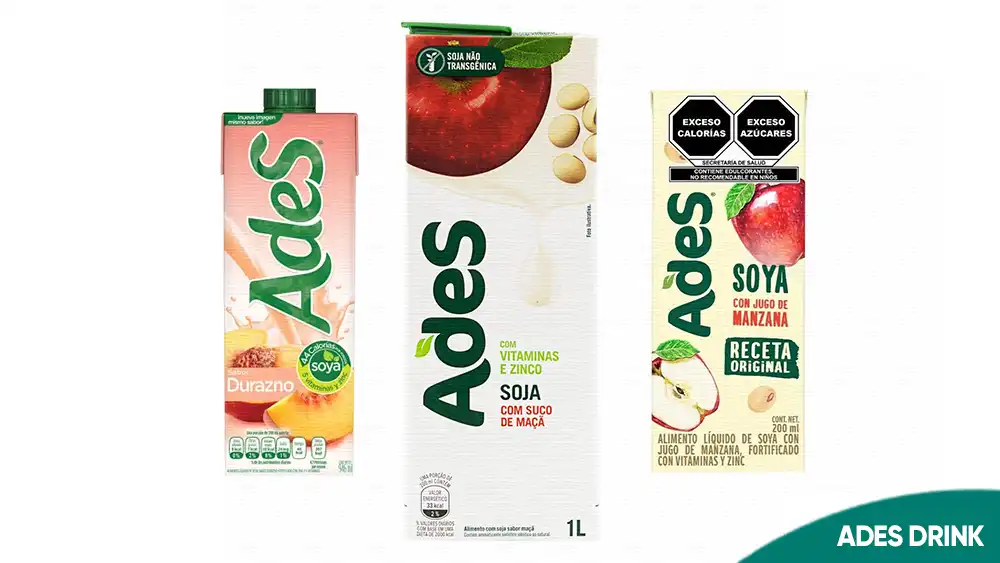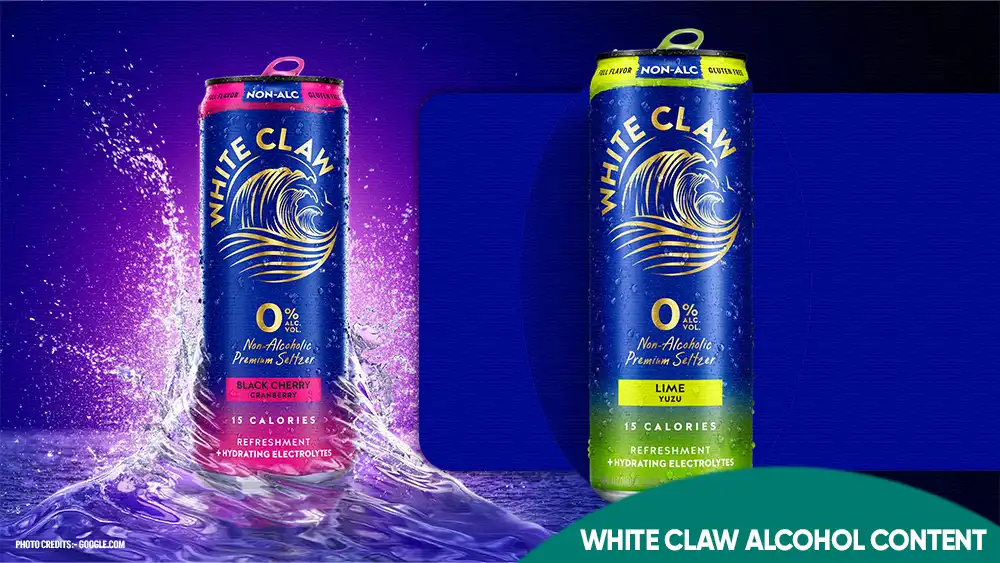HEALTH BLOG
Natural Solutions for Rapid Yeast Infection Relief Within 24 Hours
-
 Rahul Priydarss
Rahul Priydarss - January 19, 2024

H
ere Yeast infections can be uncomfortable and disruptive, affecting various parts of the body, including the mouth, throat, and genital areas.
Table of Contents
Introduction of Yeast Infection:
While addressing a yeast infection within a 24-hour timeframe may not be a guaranteed solution, there are holistic approaches that can help alleviate symptoms and promote faster recovery. In this article, we will explore natural remedies and lifestyle changes that may contribute to a quicker resolution of yeast infections. Yeast infections are mostly caused by an overgrowth of a fungus called Candida albicans in the vagina. This fungus is naturally present in the vagina in small amounts, but certain factors can disrupt the balance and lead to its overgrowth. Here are some of the symptoms of a yeast infection.
- Vaginal itching and burning, which may be severe
- Thick, white vaginal discharge that may resemble cottage cheese
- Burning sensation during urination
- Pain during intercourse
- Vaginal redness
What Is Yeast Infections:
Before delving into the solutions, it’s crucial to understand what a yeast infection is. Most yeast infections are caused by the overgrowth of Candida, a type of fungus that naturally resides in the body. Factors such as a weakened immune system, antibiotic use, hormonal changes, and a diet high in sugar can contribute to the overgrowth of Candida, leading to infection.
In women, yeast infections typically affect the vaginal area and may cause symptoms such as itching, burning sensation, redness, swelling, and abnormal vaginal discharge that is thick, white, and, odourless. Men can also get yeast infections, usually in the form of penile yeast infection, which can cause symptoms such as redness, itching, and irritation on the penis.
Five Supar Natural Solutions For Rapid Yeast Infections:
Certainly, here are five natural solutions for rapid yeast infections.
1.Probiotics for Rapid Yeast Infetions:
Nature’s Defense Against Candida Overgrowth Probiotics are beneficial bacteria that can help restore the balance of microorganisms in the body, including those in the gut and genital areas. If you Consume probiotic-rich foods such as yoghurt, and fermented vegetables can introduce more good bacteria, which may inhibit the growth of Candida. Additionally, taking a high-quality probiotic supplement can provide a concentrated dose of beneficial bacteria to support the body’s natural defences.
Probiotics contain beneficial bacteria that help maintain a healthy balance of microorganisms in the body, including in the gut and vaginal area. Consuming probiotic-rich foods like yogurt with live cultures or taking probiotic supplements may help restore the balance of good bacteria and reduce the growth of yeast. here top 5 probiotics brand near you.
Here are 5 probiotic brands available in the USA:
- Culturelle Daily Probiotic: This probiotic supplement contains Lactobacillus rhamnosus (L. rhamnosus) CNCM I-4036, which has some research supporting its use for preventing yeast infections
- RepHresh Pro-B Probiotic: This suppository contains Lactobacillus acidophilus (L. acidophilus) and Lactobacillus rhamnosus (L. rhamnosus). There is some initial research suggesting that these strains may be helpful for preventing yeast infections
- Florajen Probiotic Pearls: These pearls contain Lactobacillus acidophilus (L. acidophilus) LA-14. While there is not a lot of research on this specific strain for yeast infections, Lactobacillus acidophilus is a commonly used probiotic strain for vaginal health
- Hymn Private Label Probiotics: This company offers a variety of probiotic strains, including Lactobacillus acidophilus (L. acidophilus) and Lactobacillus rhamnosus (L. rhamnosus). You can work with a healthcare provider to determine the best strain for your needs
- Utinest Probiotic Chewable Tablets: These tablets contain Lactobacillus rhamnosus (L. rhamnosus) GR-1 and Lactobacillus fermentum (L. fermentum) LF Mayo. There is some research suggesting that this combination of strains may be helpful for preventing yeast infections
2.Antifungal Herbs for Rapid Yeast Infections:
Certainly, here are five anti-fungal herbs that can help combat yeast infections rapidly.
- Oregano: Oregano contains compounds such as carvacrol and thymol, which have potent antifungal properties. Oregano oil, extracted from the leaves of the oregano plant, can be diluted and applied topically to the affected area or taken orally in capsule form to help fight yeast infections.
- Garlic: Garlic is not only a culinary herb but also a powerful antifungal agent due to its active ingredient, allicin. Consuming raw garlic or garlic supplements may help inhibit the growth of yeast and alleviate symptoms of yeast infections.
- Grapefruit seed extract: Grapefruit seed extract is derived from the seeds and pulp of grapefruit and contains compounds that exhibit strong antimicrobial and antifungal properties. Diluted grapefruit seed extract can be applied topically to the affected area or taken orally to help combat yeast infections.
- Thyme: Thyme is another herb rich in thymol, a compound known for its potent antifungal properties. Thyme can be consumed as a tea or added to meals for its flavor and potential therapeutic effects against yeast infections.
- Black walnut: Black walnut is known for its antifungal properties, particularly against Candida species. Black walnut hulls contain compounds such as juglone, which may help inhibit the growth of yeast. Black walnut supplements or tinctures can be taken orally to support the treatment of yeast infections.
3.Sugar-Free Diet for Rapid Yeast Infections:
Starving Candida Naturally Candida thrives on sugar, so adopting a sugar-free diet can help starve the fungus and inhibit its growth. Eliminating refined sugars, processed foods, and high-carbohydrate foods from your diet can create an environment less conducive to yeast overgrowth. Instead, focus on a diet rich in whole foods, vegetables, and lean proteins. Drinking plenty of water also aids in flushing out toxins and supporting overall bodily functions. Yeast, particularly Candida species, thrive on sugar, so reducing sugar intake can help inhibit their growth. Here are some guidelines for a sugar-free diet to address yeast infections rapidly.
- Eliminate refined sugars: Cut out sources of refined sugars from your diet, including sugary snacks, candies, desserts, pastries, sodas, and sweetened beverages. These foods can feed yeast and exacerbate infection symptoms.
- Limit natural sugars: Reduce consumption of natural sugars found in fruits, fruit juices, and dried fruits. While fruits contain valuable nutrients, their natural sugars can still contribute to yeast overgrowth. Focus on consuming low-sugar fruits such as berries and green apples in moderation.
- Avoid high-glycemic foods: High-glycemic foods, such as white bread, white rice, and processed cereals, can quickly raise blood sugar levels and promote yeast growth. Instead, opt for whole grains, such as brown rice, quinoa, and whole wheat bread, which have a lower glycemic index and provide more fiber and nutrients.
- Read labels: Be vigilant about reading food labels to identify hidden sources of sugar, such as added sugars, syrups, and sweeteners (e.g., sucrose, high fructose corn syrup, dextrose, maltose, etc.). Avoid processed foods and opt for whole, unprocessed foods whenever possible.
- Choose sugar-free alternatives: Replace sugary snacks and desserts with sugar-free alternatives sweetened with natural sugar substitutes like stevia, erythritol, or monk fruit. These alternatives can satisfy your sweet cravings without feeding yeast.
4.Hygiene Practices for rapid yeast infections:
Maintaining a Healthy Environment Proper hygiene practices are essential in preventing and managing yeast infections. Keep genital areas clean and dry, and avoid using harsh soaps or douches that may disrupt the natural balance of microorganisms. Opt for breathable cotton underwear, and change out of wet or sweaty clothing promptly. Showering after activities that cause excessive sweating can also reduce the risk of yeast infections. Maintaining good hygiene practices is essential for managing and preventing yeast infections. Here are some hygiene tips to help address yeast infections rapidly.
- Wear loose-fitting, breathable clothing: Opt for underwear made from breathable fabrics such as cotton, which helps absorb moisture and allows air circulation. Avoid tight-fitting clothing and synthetic fabrics, which can trap moisture and promote yeast growth.
- Avoid wet clothing: After swimming or exercising, change out of wet or damp clothing, such as swimsuits or sweaty workout attire, as soon as possible. Yeast thrives in moist environments, so keeping the genital area dry is crucial for preventing infection.
- Avoid harsh products: Avoid using harsh soaps, scented feminine hygiene products, and douches, as these can disrupt the natural balance of bacteria and yeast in the genital area and increase the risk of infection. Opt for gentle, fragrance-free products instead.
- Hygiene during menstruation: Change tampons, pads, or menstrual cups regularly during menstruation to maintain cleanliness and prevent the buildup of moisture and bacteria. Consider using unscented menstrual products to reduce irritation.
- Avoid unnecessary antibiotics: Antibiotics can disrupt the balance of bacteria in the body, making it more susceptible to yeast infections. Only take antibiotics when prescribed by a healthcare professional and follow their instructions carefully.

5.Apple Cider Vinegar:
A Natural pH Balancer Apple cider vinegar has long been praised for its various health benefits, including its ability to restore the body’s pH balance. Adding a cup of raw, unfiltered apple cider vinegar to a warm bath and soaking for 20-30 minutes may help alleviate symptoms associated with yeast infections. Acidic nature of apple cider vinegar created an environment favourable for the growth of Candida. Here are 5 Apple Cider Vinegar Brands in the USA for Rapid Yeast Infections.
- Bragg Organic Apple Cider Vinegar: This is a popular brand of apple cider vinegar that is USDA certified organic and non-GMO. It is made from raw, unfiltered apples and contains the naturally occurring probiotic mother. Bragg’s apple cider vinegar can be taken diluted in water or used topically.
- Sposie Organic Apple Cider Vinegar: This brand of apple cider vinegar is also USDA certified organic and non-GMO. It is made from raw, unfiltered apples and contains the naturally occurring probiotic mother. Sposie’s apple cider vinegar comes in a variety of flavors, including original, garlic, and ginger.
- Trader Joe’s Organic Apple Cider Vinegar: This is a more affordable option that is still USDA certified organic and non-GMO. Trader Joe’s apple cider vinegar is made from raw, unfiltered apples and contains the naturally occurring probiotic mother. It comes in a large 32-ounce bottle.
- Heinz Apple Cider Vinegar: This is a classic brand of apple cider vinegar that has been around for many years. Heinz apple cider vinegar is not organic or non-GMO, but it is still a good quality product. It is made from distilled apples and does not contain the naturally occurring probiotic mother.
- ACV Braggs Apple Cider Vinegar: This is another popular brand of apple cider vinegar that is made from raw, unfiltered apples and contains the naturally occurring probiotic mother. ACV Braggs apple cider vinegar is available in a variety of sizes, including 16-ounce and 32-ounce bottles.
FAQs for Rapid Yeast Infections:
A1: Complete resolution in 24 hours isn’t guaranteed, but these holistic approaches aim to ease symptoms and expedite recovery. Results vary; consult a healthcare professional for persistent symptoms.
A2: Probiotics, found in yoghurt, kefir, and supplements, aid in rebalancing microorganisms. They inhibit Candida overgrowth, a common cause of yeast infections. Choose low-sugar sources for maximum benefits.
A3: Essential oils like tea tree and oregano have antifungal properties. Dilute them before topical use, perform a patch test and consult a professional. Internal use requires expert guidance; discontinue if irritation occurs.
-Please remember, to always consult with healthcare professionals or Doctors for personalised advice related to medical conditions.
Reader Reviews:
Smith Jons: This article is a thorough guide on holistic approaches for yeast infections within 24 hours. It provides diverse natural remedies, including probiotics and antifungal herbs. While the 24-hour claim may vary, it’s a valuable resource for those seeking natural solutions.
Carl Math: This article explores holistic remedies, emphasizing probiotics and lifestyle changes. The sugar-free diet recommendation aligns with Candida’s sensitivity. Cautions on essential oil use and advice to consult professionals contribute to credibility.
Rakail Mureyo: This informative piece empowers readers to manage yeast infections naturally. Practical tips on diet, probiotics, and hygiene are user-friendly. The acknowledgement of a realistic resolution timeframe adds credibility.

Conclusion:
While completely getting rid of a yeast infection within 24 hours may be challenging, incorporating these holistic approaches can help manage symptoms and expedite the healing process. It is essential to consult with a healthcare professional (Doctor) if symptoms persist or worsen. Additionally, maintaining a healthy lifestyle, including a balanced diet and proper hygiene practices, can contribute to preventing future occurrences of yeast infections. By embracing natural remedies and making mindful choices, individuals can empower themselves to take charge of their health and well-being.
Previous Post
Connect with Us





